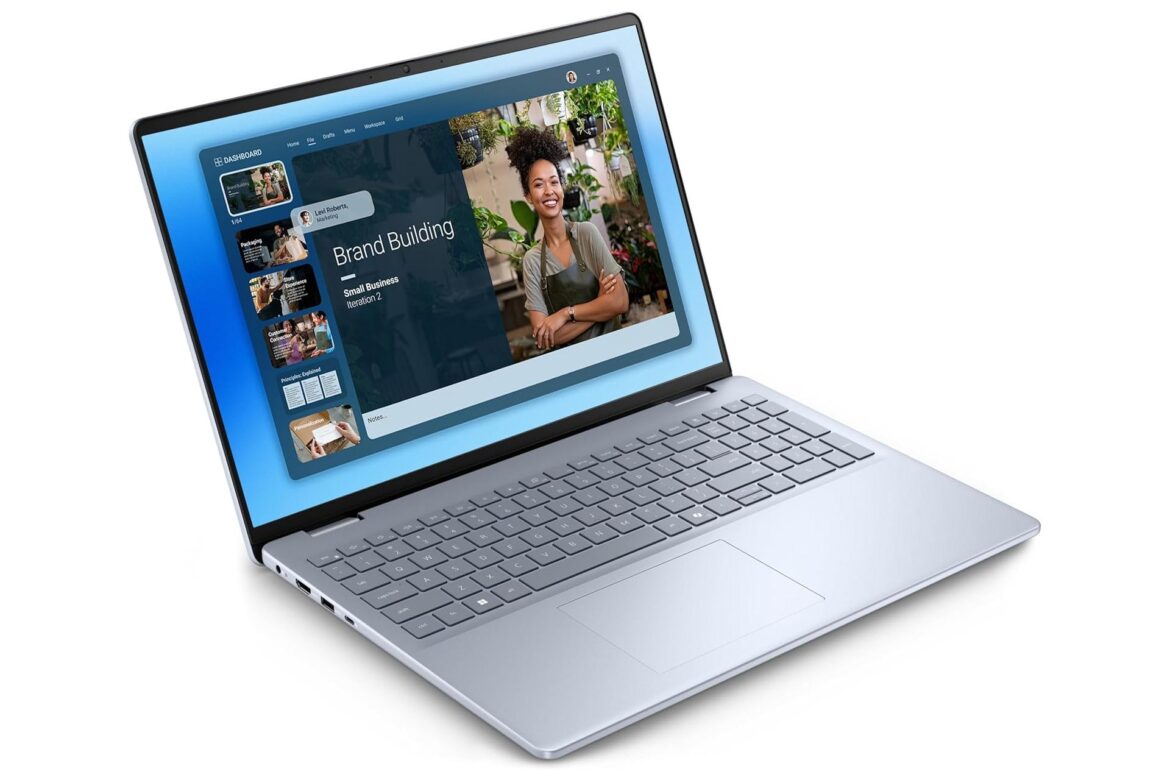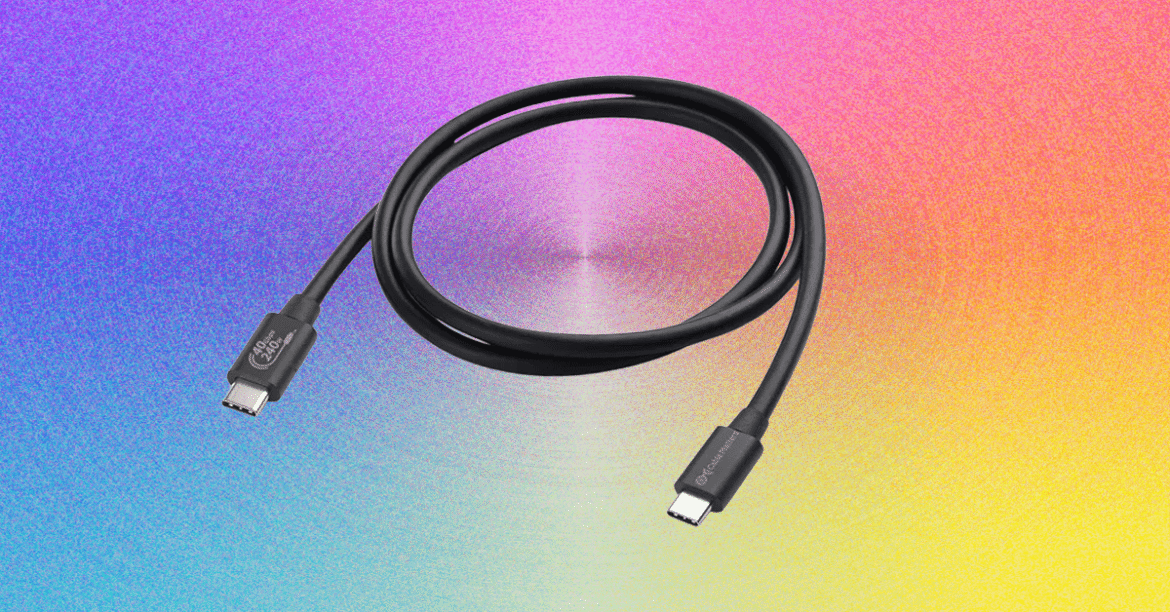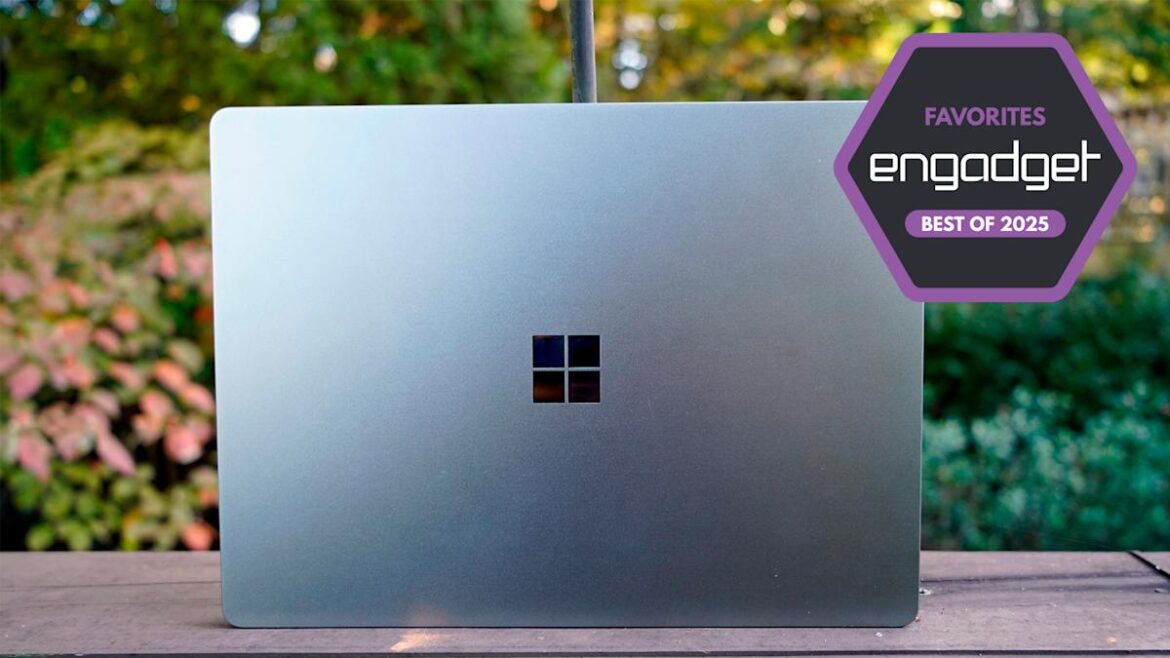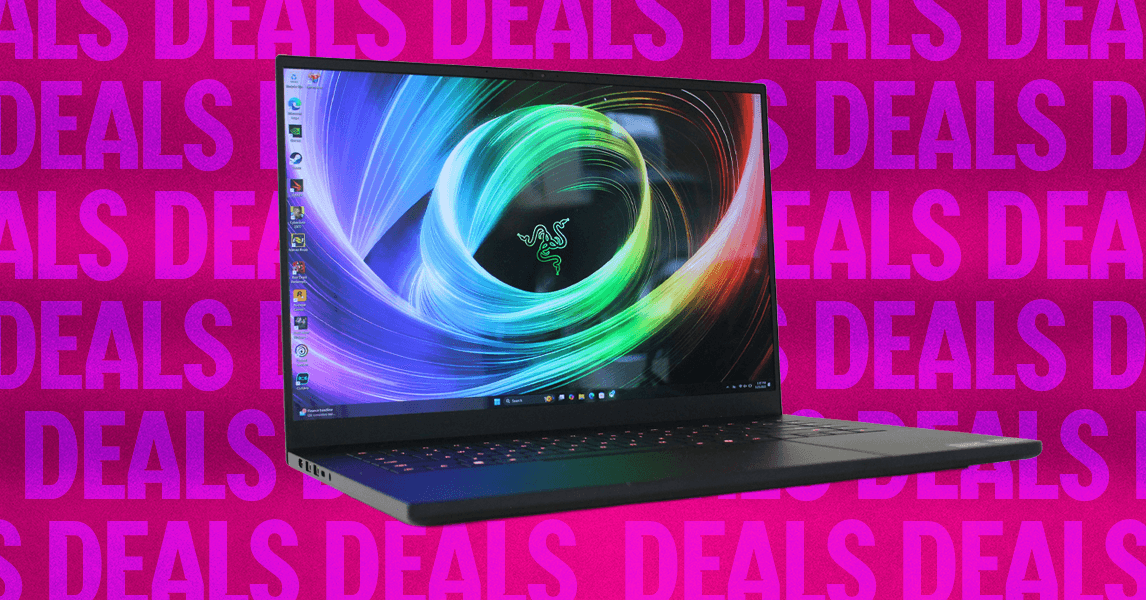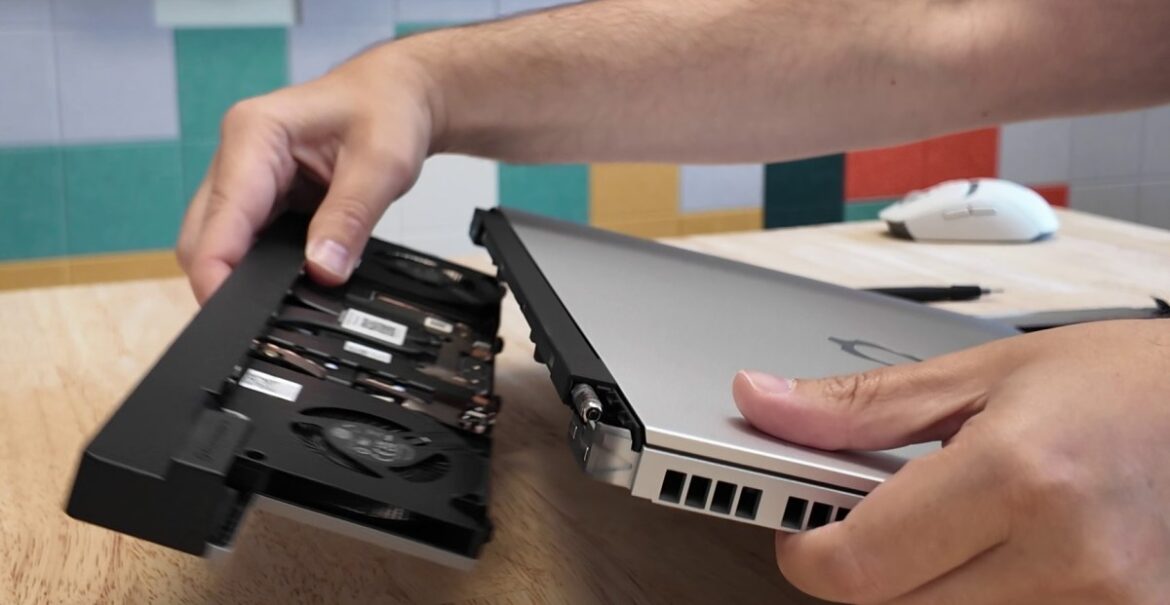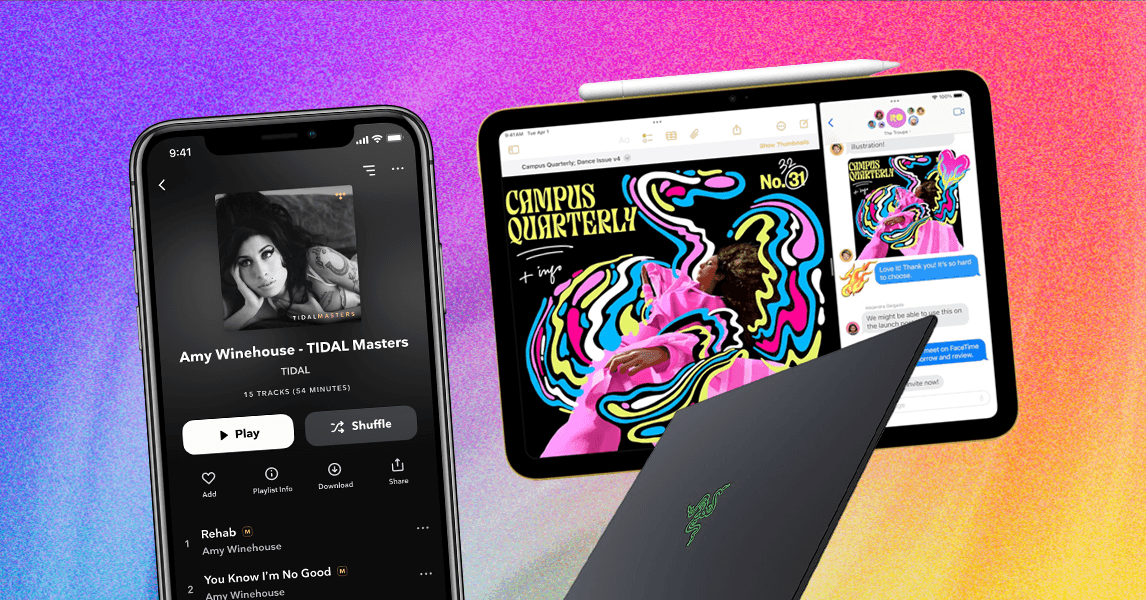The laptop market has become impossibly crowded with dozens of brands and hundreds of models, which makes it very difficult to know where to start. If you want a safe bet backed by decades of reliability and support infrastructure, Dell remains one of the smartest choices you can make.
Within Dell’s lineup, there’s something for every budget and every use case. Right now, if you want maximum performance at the absolute lowest price, Amazon has dropped a deal that borders on absurd: The Dell Inspiron 16 with upgraded specs (Intel Core 7, 64GB DDR5 RAM, 2TB SSD) has plummeted to $1,195 from its typical $4,599 price, which is a 74 percent discount that requires a double-take to believe.
See at Amazon
The Intel Core 7 150U processor boasts 10 cores and 12 threads with a turbo frequency of up to 5.4GHz and provides processing capability that tackles high-end workloads without pause. The 150U is part of Intel’s newest family of mobile processors using their power-efficient architecture, optimizing performance and battery life through smart power management.
Huge Upgrades That Transform Daily Computing
The memory and storage configuration makes it stand apart from bread-and-butter retail models. With 64GB of DDR5 RAM, you can have a bunch of browser tabs open, virtual machines and background processes simultaneously without any system slowdown. DDR5 is a generation improvement over DDR4 with exponentially greater data transfer rates, improved power efficiency and greater performance under heavy multitasking loads.
The 2TB SSD has enough space for your whole digital life without constant file management anxiety. You can have your whole software suite installed, store years of photos and video, download enormous game collections and store local backups without even approaching capacity limits. SSD technology means all loading nearly at the same instant, from system booting to application launching to file copying.
The 16-inch FHD+ touchscreen uses a 1920×1200 resolution with a 16:10 aspect ratio that gives you more vertical space than typical 16:9 screens. It comes in handy while working with documents, spreadsheets, or code when you’d rather see more content without scrolling. The 300-nit brightness delivers clarity in light rooms and the touchscreen feature (no need to use it if you don’t want to) delivers convenience for faster interactions when the keyboard gets too formal.
Windows 11 Pro includes enterprise-grade features like BitLocker encryption, remote desktop, and domain join functionality that are not included in Home versions. The Copilot key provides direct access to Microsoft’s AI assistant.
Connectivity includes Wi-Fi 6E for extremely fast wireless speeds on supporting networks, Bluetooth for peripherals, USB-C and USB-A ports for legacy and newer devices, HDMI output for external monitors, and an SD card reader for photographers transferring files from cameras.
Battery life is 80 percent after just 60 minutes of charging, minimizing downtime when you simply need to have power ready at an instant between classes or meetings.
For $1,195, you’re getting technology that would otherwise cost three or four times that much.
See at Amazon

